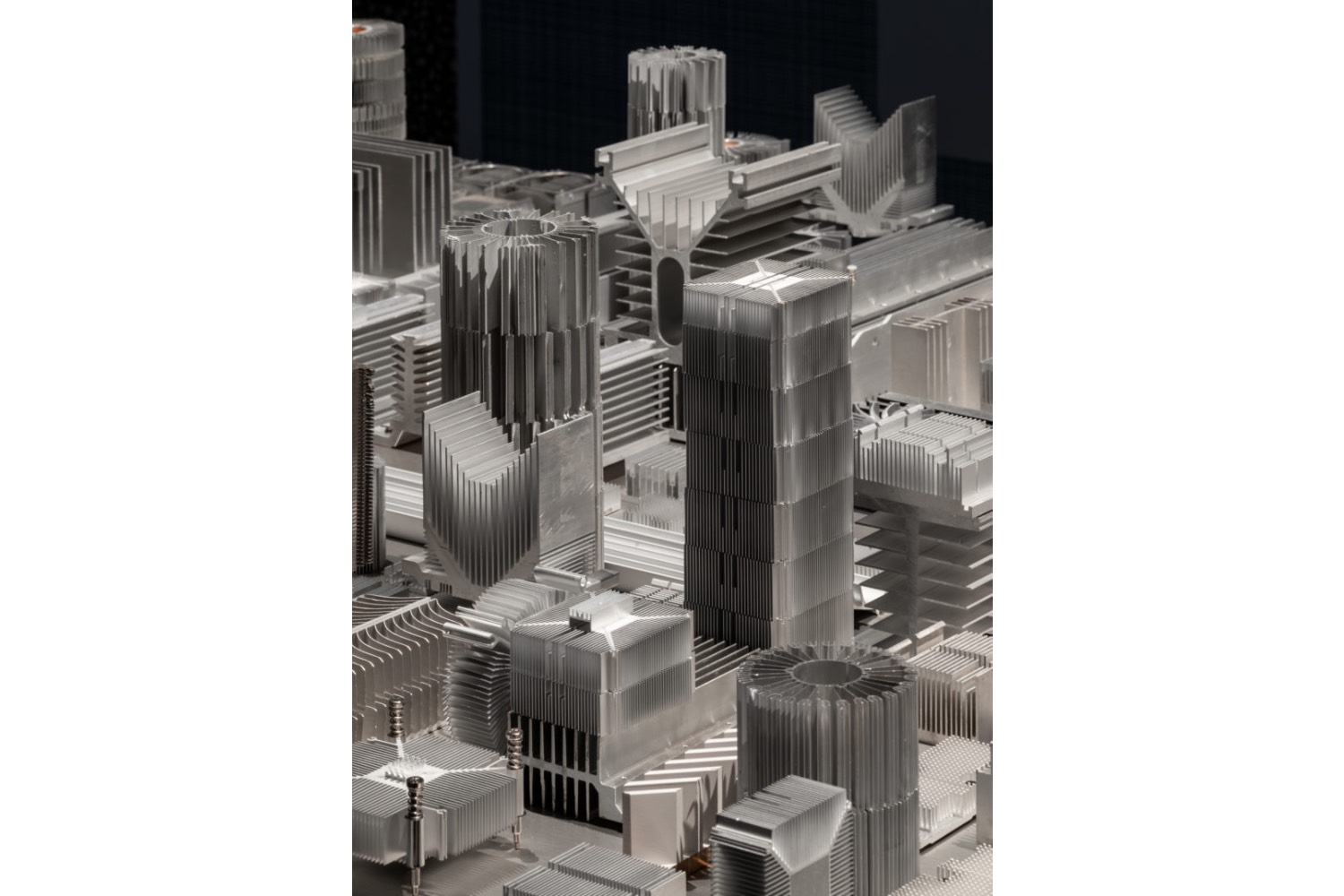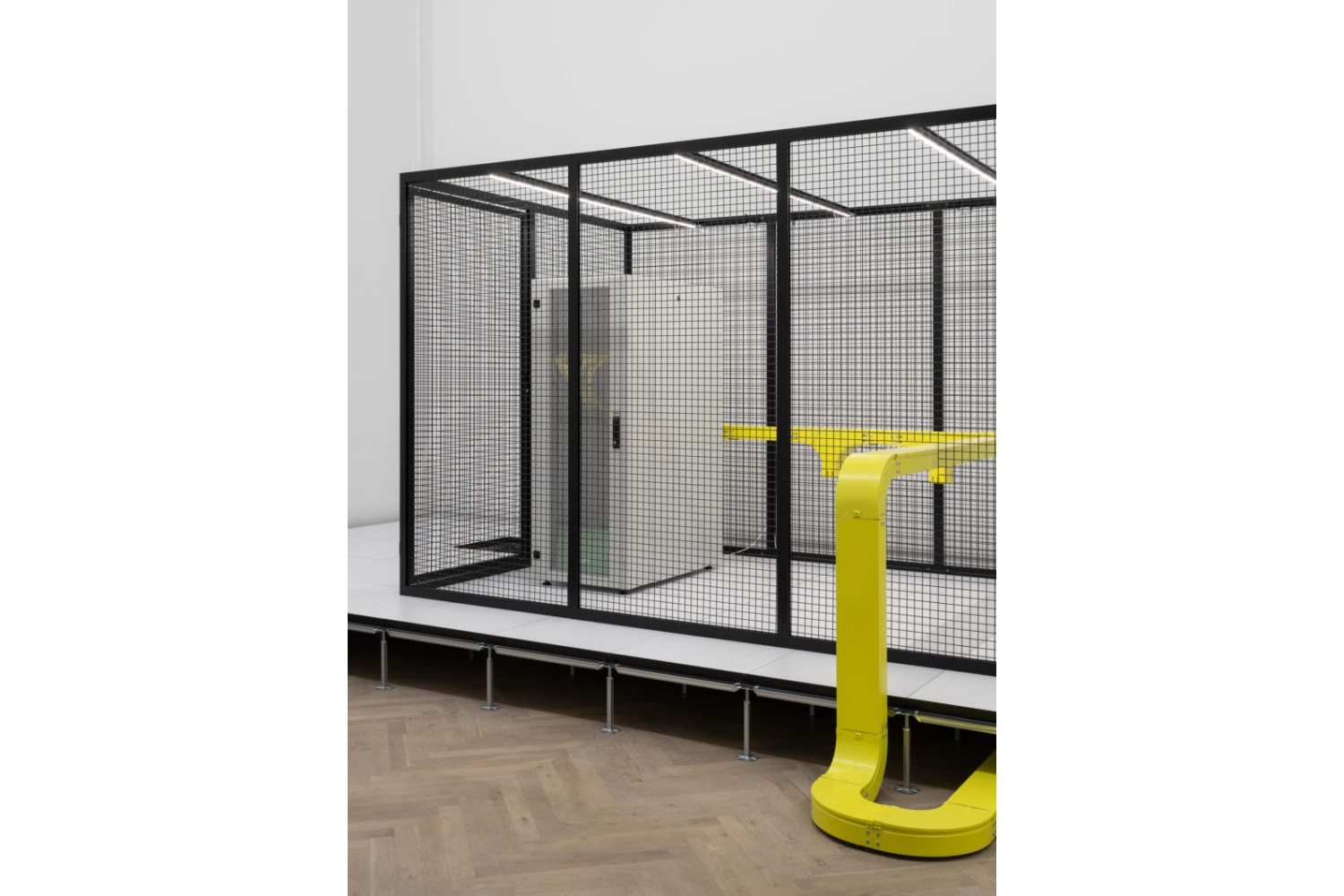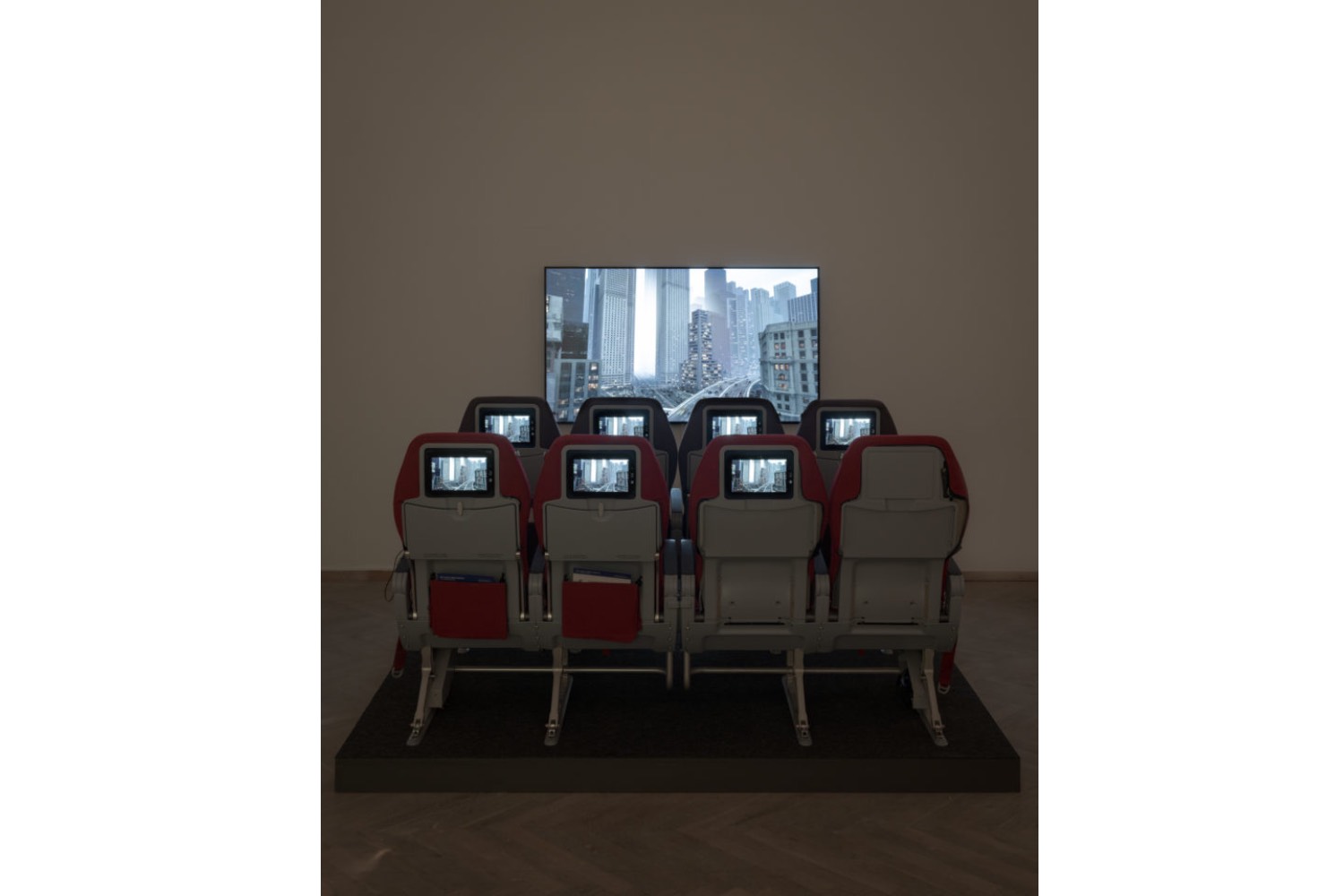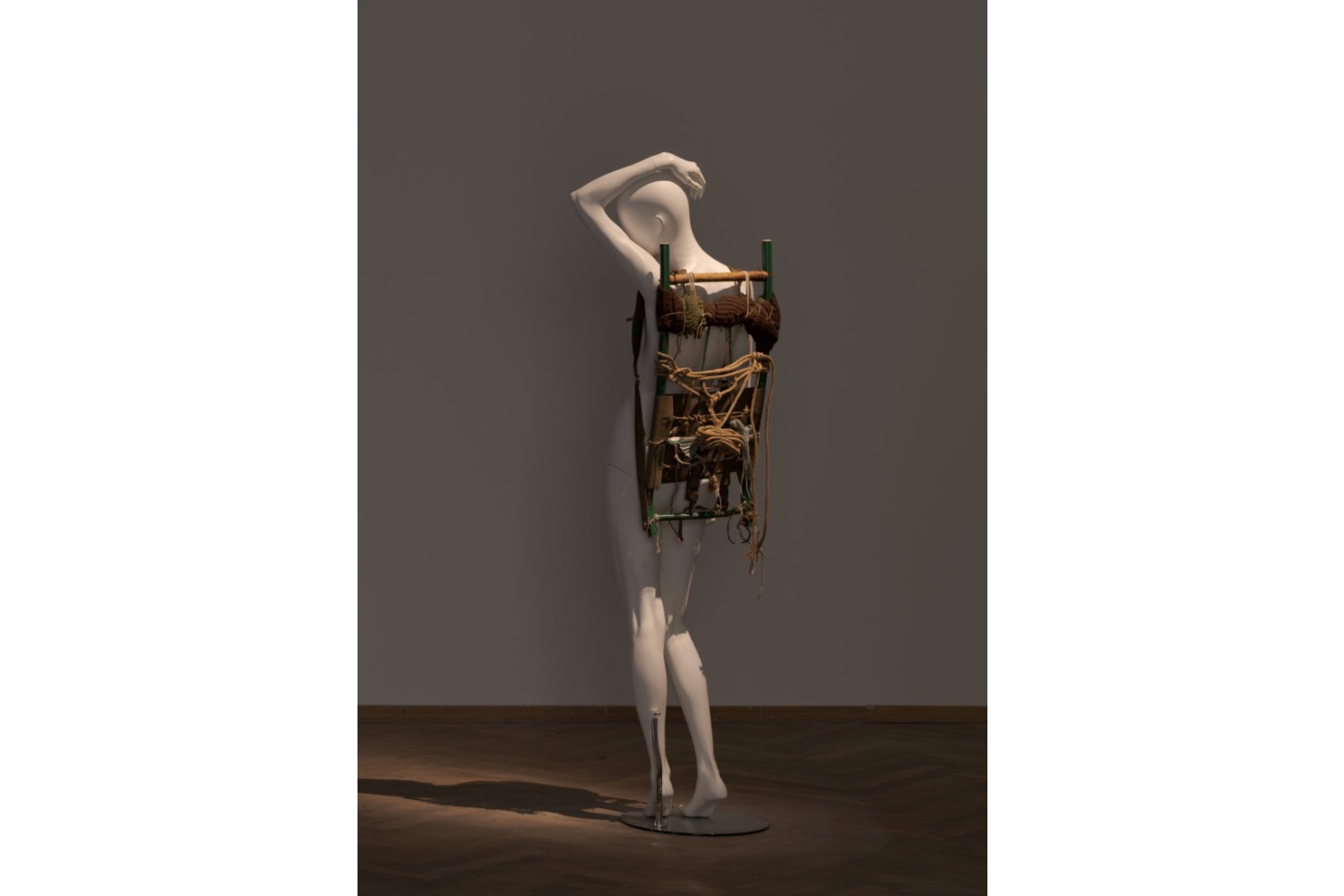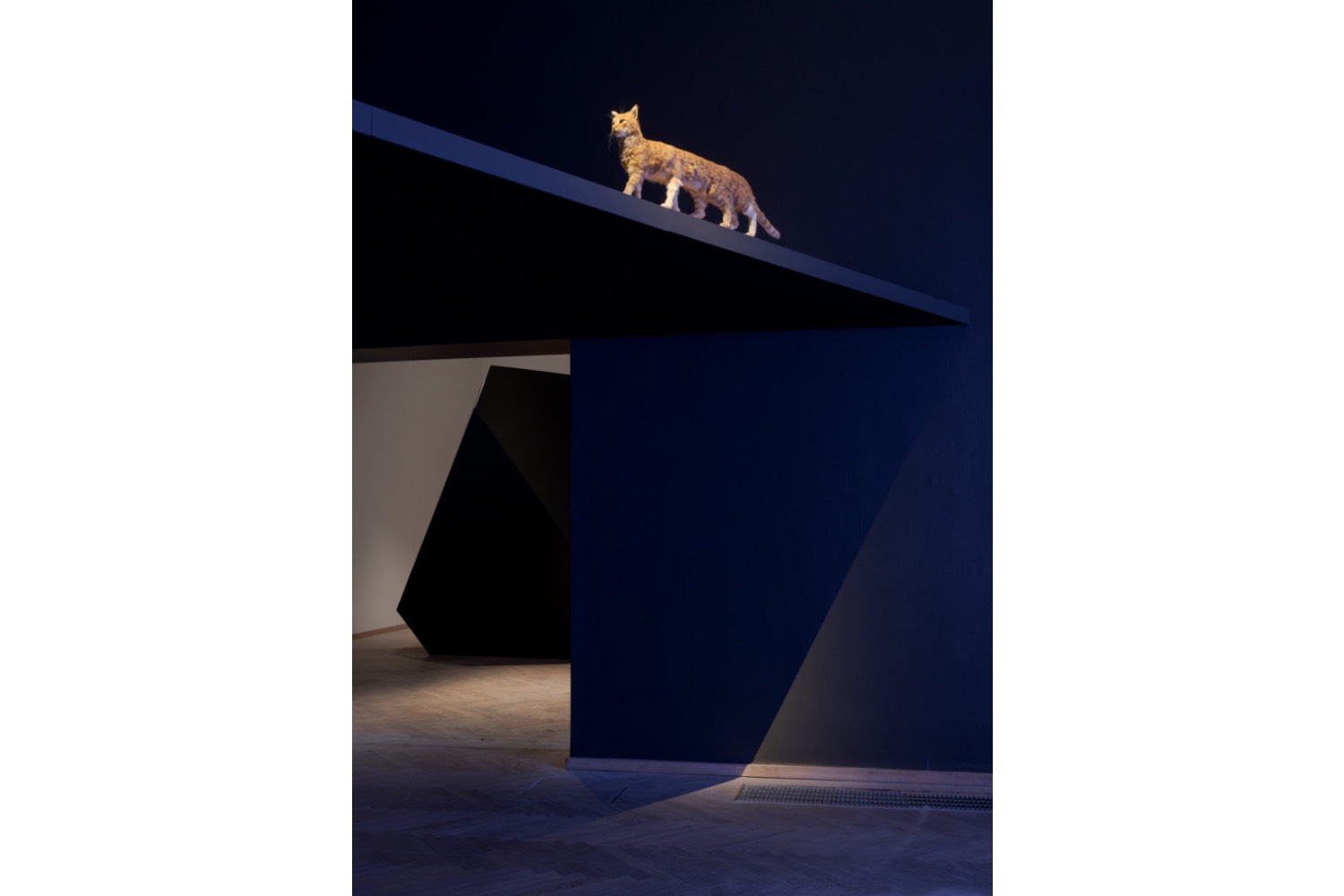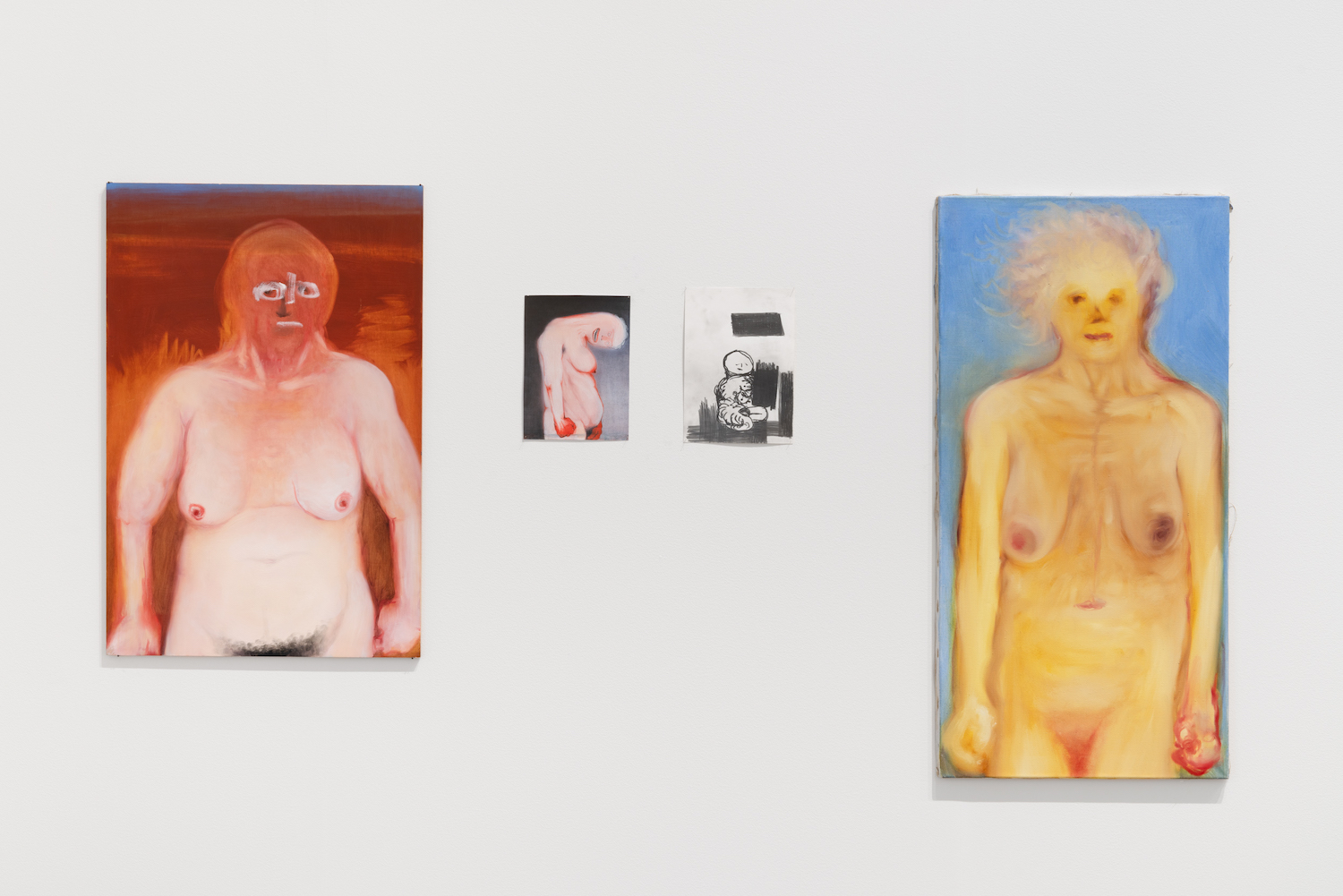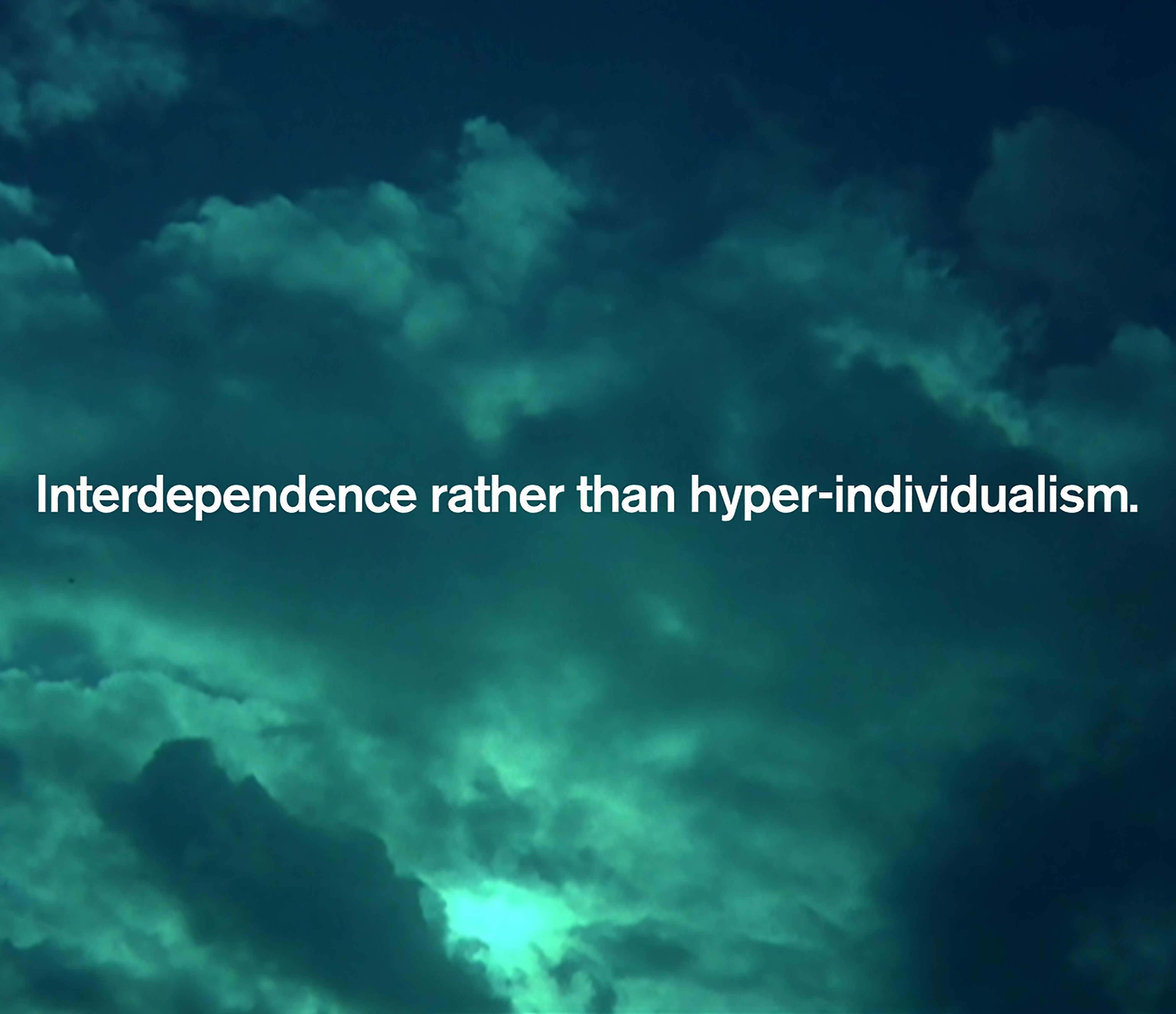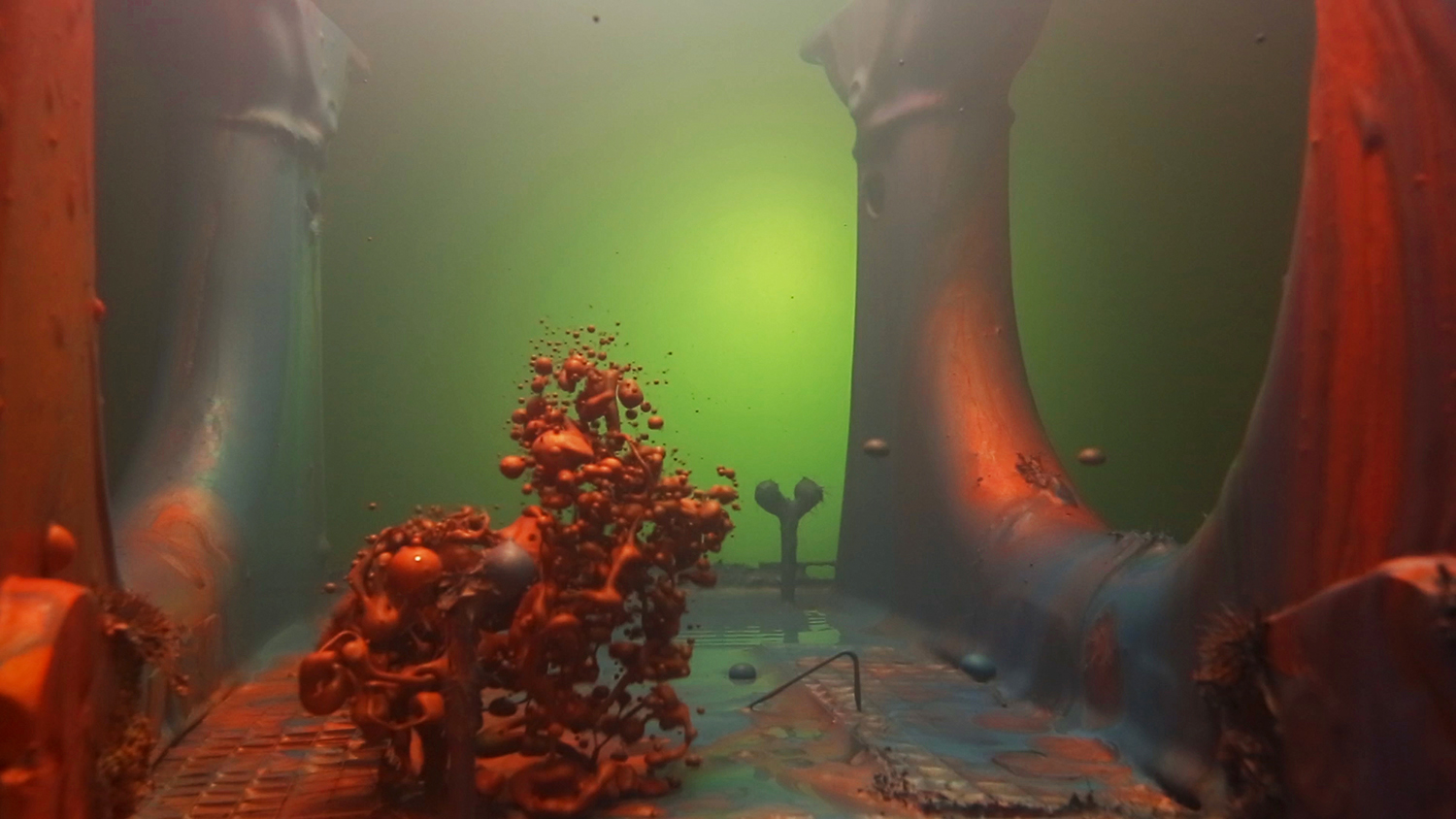From smartphones to computers, from social media algorithms to artificial intelligence and virtual assistants, our daily lives are governed by complex technological systems that we barely understand. Throughout history, humans have grappled with the unknown and the incomprehensible. However, in today’s world, the mystery no longer lies in natural phenomena, but in every object we have created, which we therefore expect to understand. When we fail to do so, it can lead to feelings of political disempowerment. Like in Mary Shelley’s Frankenstein (1818), we have unleashed something beyond our comprehension, seemingly advancing on its own.
Based on this premise, “Poetics of Encryption” at Kunsthal Charlottenborg in Copenhagen gathers works from artists – including Kate Crawford & Vladan Joler, Clusterduck, Oliver Laric, Eva & Franco Mattes, Trevor Paglen, Jon Rafman, and Nico Vascellari – who explore the aesthetics of the hidden and the obscure. Through digital and analog mediums, these artists examine humanity’s relationship with modern technologies. Curator Nadim Samman suggests we are witnessing an unstoppable “datification” of reality, where everything is reduced to encrypted data. This evolution culminates in a global distortion of images and information – as seen in phenomena like deep fakes or the spread of fake news – making it increasingly difficult to distinguish between past and present, reality and fiction.
To navigate a world that’s more and more inscrutable, it is suggested to use spatial metaphors. By asking “Where am I in relation to this?” we can employ metaphors of embodiment to better understand our surroundings. The exhibition is divided into three chapters, each representing a “locations”: Black Sites, featuring works by artists trapped within technical systems who seek escape; Black Boxes, where artists outside incomprehensible technology attempt to break in (as seen in Anatomy of an AI System, 2018, by Kate Crawford & Vladan Joler, which dissects an Amazon Alexa to reveal its hidden mechanisms; and finally, Black Holes, representing a crisis of meaning where localization becomes impossible, and post-truth dominates.
Much like a black hole – whose effects we observe through the distortions it creates in the universe – the “datification” of reality cannot be directly perceived. However, we can observe its effects, such as the monstrous creatures it spawns: from Panorama Cat (2022) by Eva & Franco Mattes, a taxidermy cat-meme with six legs, or the viral internet images visualized in Clusterduck’s atlas, Detective Wall Guide (2021). These distortions, according to Samman, are nothing but symptoms of a broader, ongoing change, acting as “sphinxes” guarding the threshold of a point of no return. To avoid getting lost in the chaos of “datification,” we must create “kinship” with these new forms – integrating them in our narratives, in the stories we tell about who we are and what we want, and using metaphors to make sense of the realities they represent.

